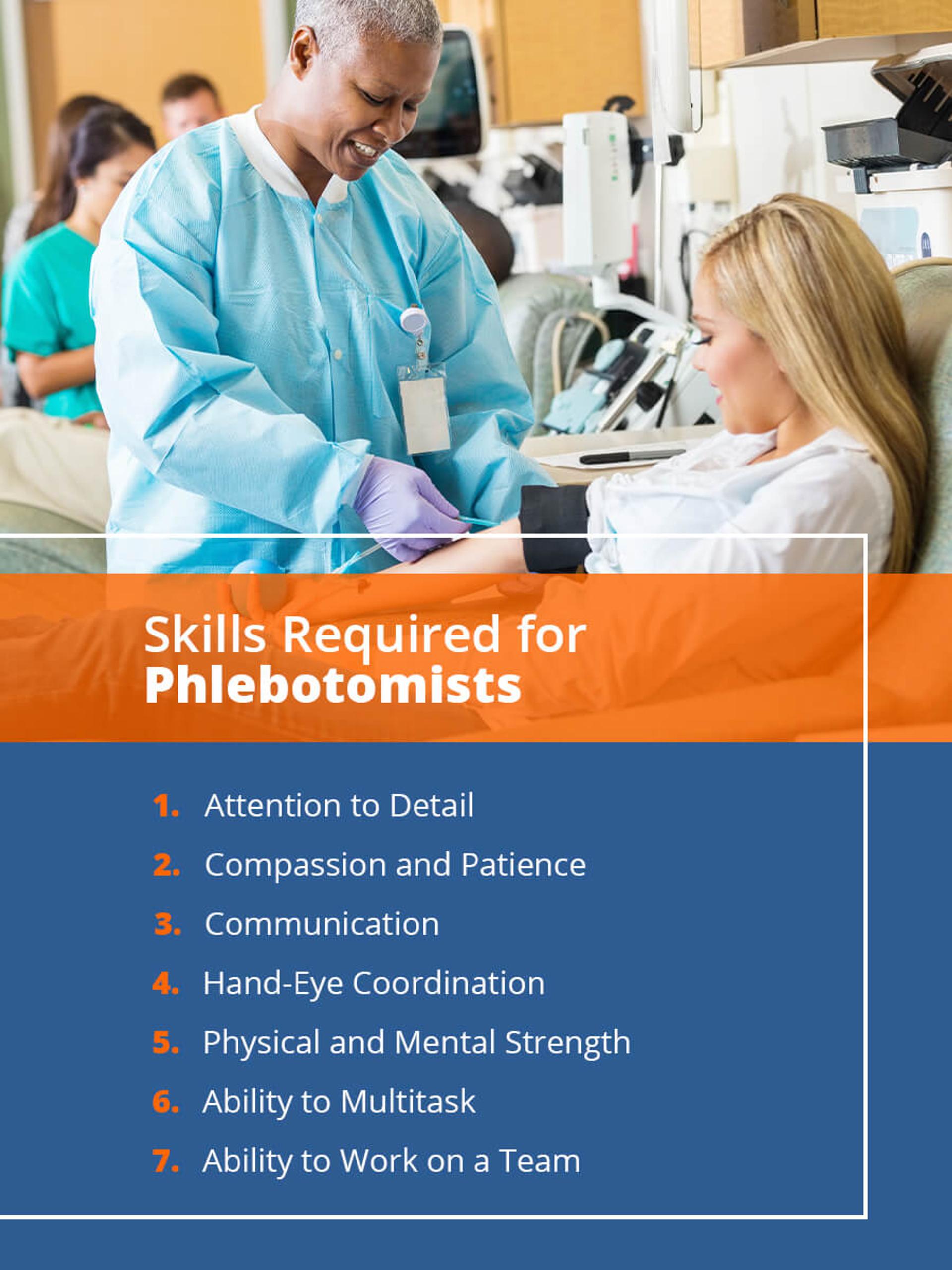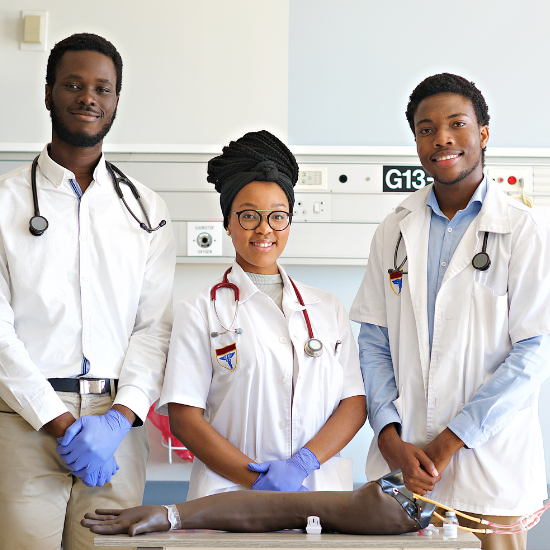The Single Strategy To Use For Northeast Medical Institute - New Haven Campus Phlebotomy Course & Cna Class
Wiki Article
The Greatest Guide To Northeast Medical Institute - New Haven Campus Phlebotomy Course & Cna Class
Table of ContentsNortheast Medical Institute - New Haven Campus Phlebotomy Course & Cna Class - QuestionsExcitement About Northeast Medical Institute - New Haven Campus Phlebotomy Course & Cna ClassSome Ideas on Northeast Medical Institute - New Haven Campus Phlebotomy Course & Cna Class You Need To KnowWhat Does Northeast Medical Institute - New Haven Campus Phlebotomy Course & Cna Class Mean?Northeast Medical Institute - New Haven Campus Phlebotomy Course & Cna Class - The Facts6 Easy Facts About Northeast Medical Institute - New Haven Campus Phlebotomy Course & Cna Class Described
Nevertheless, making use of such tools need to be gone along with by various other infection prevention and control techniques, and training in their usage. Not all security gadgets are relevant to phlebotomy. Prior to choosing a safety-engineered gadget, users need to thoroughly check out available gadgets to determine their ideal use, compatibility with existing phlebotomy methods, and efficacy in safeguarding team and people (12, 33).For settings with low resources, cost is a motoring factor in purchase of safety-engineered devices. Where safety-engineered gadgets are not available, proficient usage of a needle and syringe is appropriate.
labelling); transport conditions; analysis of results for professional management. In an outpatient division or clinic, supply a dedicated phlebotomy work area containing: a clean surface area with two chairs (one for the phlebotomist and the various other for the person); a hand wash basin with soap, running water and paper towels; alcohol hand rub. In the blood-sampling area for an outpatient division or center, offer a comfy reclining couch with an arm rest.
Excitement About Northeast Medical Institute - New Haven Campus Phlebotomy Course & Cna Class
Guarantee that the signs for blood tasting are clearly specified, either in a written method or in recorded instructions (e.g. in a laboratory form). Gather all the devices needed for the procedure and place it within risk-free and simple reach on a tray or trolley, making sure that all the items are plainly visible.Where the individual is adult and aware, follow the steps outlined below. Introduce yourself to the client, and ask the person to mention their full name. Examine that the laboratory kind matches the client's identification (i.e. match the individual's details with the research laboratory type, to guarantee exact identification). Ask whether the patent has allergic reactions, fears or has actually ever passed out during previous shots or blood draws.
Make the person comfortable in a supine position (if feasible). The individual has a right to decline a test at any kind of time prior to the blood tasting, so it is important to make certain that the patient has comprehended the procedure - PCT Classes.
Northeast Medical Institute - New Haven Campus Phlebotomy Course & Cna Class for Dummies
Expand the individual's arm and check the antecubital fossa or forearm. Find a vein of an excellent size that is noticeable, straight and clear. The diagram in Section 2.3, shows common positions of the vessels, but lots of variants are feasible. The typical cubital capillary lies in between muscles and is generally one of the most simple to puncture.DO NOT place the needle where capillaries are drawing away, since this enhances the opportunity of a haematoma. Finding the blood vessel will certainly aid in figuring out the right dimension of needle.
Samplings from main lines lug a threat of contamination or erroneous laboratory test results. It is appropriate, however not optimal, to attract blood specimens when initial introducing an in-dwelling venous device, before connecting the cannula to the intravenous fluids.
The Definitive Guide for Northeast Medical Institute - New Haven Campus Phlebotomy Course & Cna Class
Failing to allow enough call time increases the threat of contamination. DO NOT touch the cleaned up website; in certain, DO NOT place a finger over the capillary to lead the shaft of the revealed needle.Ask the patient to create a clenched fist so the veins are a lot more popular. Get in the capillary swiftly at a 30 degree angle or much less, and remain to introduce the needle along the vein at the most convenient angle of entry - PCT Training. Once adequate blood has actually been accumulated, launch the tourniquet BEFORE taking out the needle
Northeast Medical Institute - New Haven Campus Phlebotomy Course & Cna Class - Truths
Withdraw the needle delicately and apply gentle pressure to the site with a tidy gauze or completely dry cotton-wool round. Ask the client to hold the gauze or cotton wool in location, with the arm expanded and increased. Ask the individual NOT to flex the arm, because doing so creates a haematoma.
Northeast Medical Institute - New Haven Campus Phlebotomy Course & Cna Class Things To Know Before You Buy
Do not push the syringe bettor due to the fact that additional pressure boosts the risk of haemolysis. Where possible, keep televisions in a rack and relocate the shelf towards you. Infuse downwards right into the ideal coloured stopper. DO NOT remove the stopper because it will certainly release the vacuum cleaner. If the sample tube does not have a rubber stopper, infuse exceptionally slowly right into the tube as lessening the pressure and velocity made use of to move the specimen decreases the risk of haemolysis.
Report this wiki page